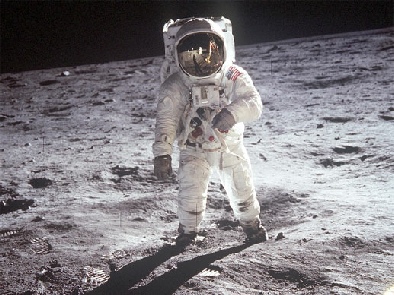





Have you ever noticed that two magnets don’t actually need to touch to exert a force on each other.
In this world we have different forces. We can group all these forces into Contact and Non-
Forces at a Distance

Gravity is a non-
Magnetic forces are created by magnets and other magnetic materials.
Even though the magnets don’t touch they exert a push or pull force over the other object.
Electrostatic forces are seen when positive and negatively charged objects attract each other without having to directly touch each other.
You can see this when you pick up a piece of paper or someone’s hair with a charged balloon.
Have you ever heard of a force field?
A field (in physics) is a special region where something experiences a force.
Around a magnet is a magnetic force, acting on all magnetic materials.
Gravitational fields affect anything with mass.
Electrostatic fields affect anything with a charge (positive or negative).
Mass and Weight are 2 different things.
Mass is the amount of ‘stuff’ something is made of.
We can measure mass in Kilograms (kg) and weight in N. You can calculate the weight of something using the equation bellow.
On Earth the gravitational field strength is about 10N/kg. If your mass was 50 kg what would your weight in N be?
Weight (N) = mass (kg) x gravitational field strength, g (N/Kg)
500N = 50kg x 10N/kg
Weight (N) = mass (kg) x gravitational field strength, g (N/Kg)
They gravitational field strength varies between planets and stars. Your weight would vary because the gravitational field strength would be different.





